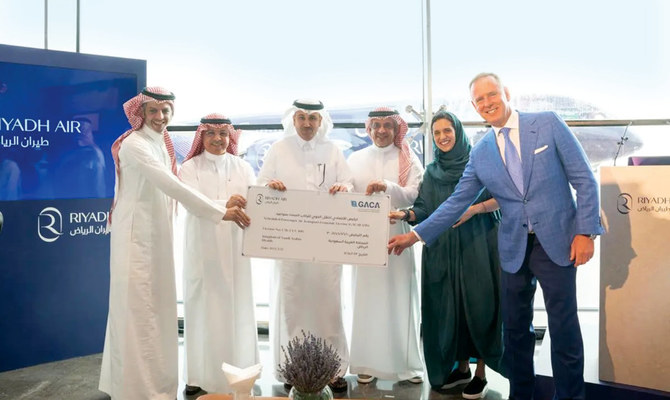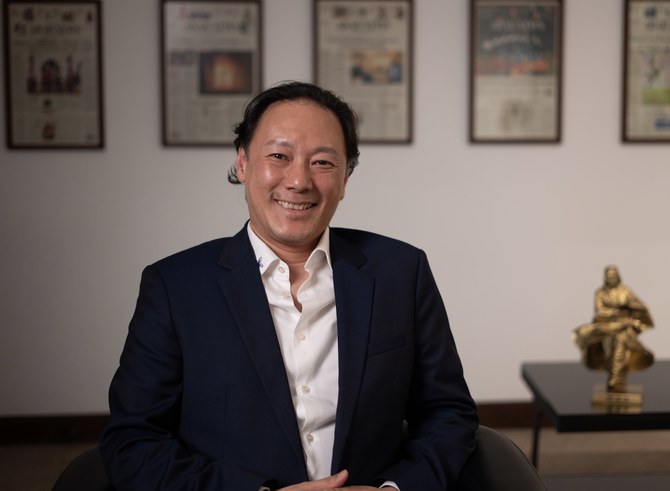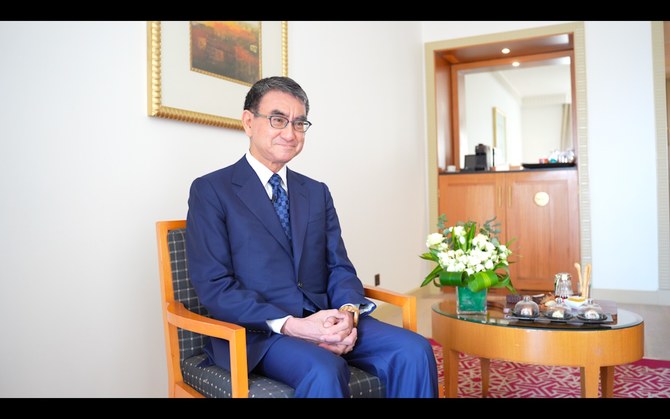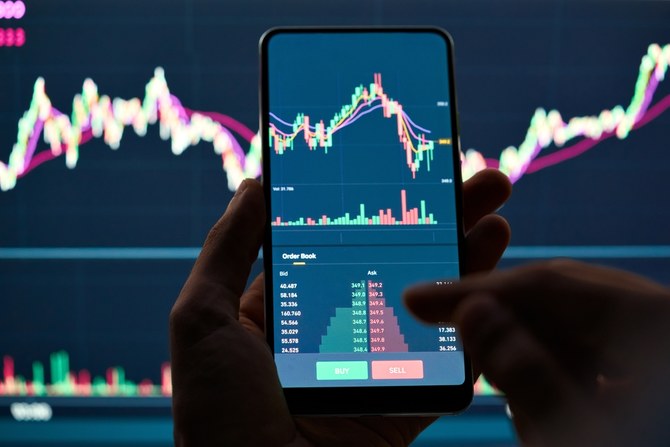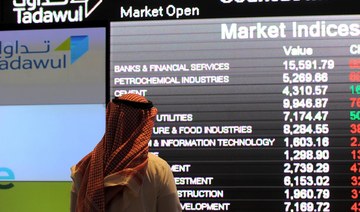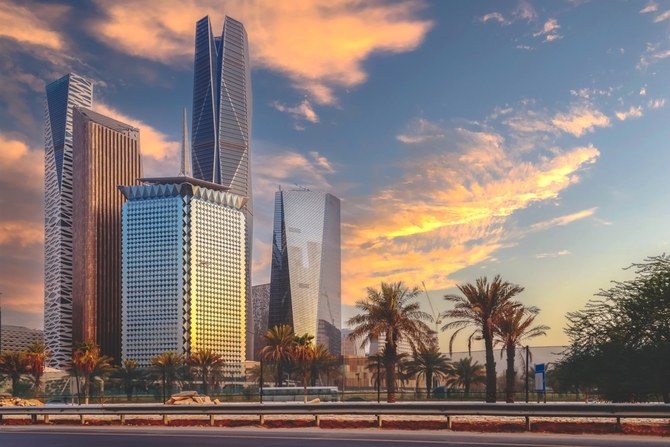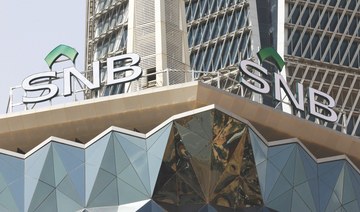RIYADH: As the world emerges from the shadows of the COVID-19 pandemic, Saudi Arabia has started reaping the fruit of its efforts to wean its economy off of oil by increasing its focus on its travel and tourism sector.
The Kingdom’s aviation sector is witnessing rapid growth which many analysts say is not just due to large investments in airlines but a result of the ongoing socio-economic transformation process that began with the launch of Vision 2030 in 2016.
One of the several measures taken to boost the sector includes the launch of an e-visa service in 2019 ensuring easy access to millions of potential tourists eager to explore the art, culture, cuisine, archeological wonders, and natural beauty of the Arabian Peninsula.
“2023 is becoming a year in which Saudi aviation (industry) has moved beyond recovery (mode) and (entered) into an era of unprecedented milestones and achievements,” Mohammed Alkhuraisi, executive vice president of strategy and business intelligence at the General Authority of Civil Aviation, told Arab News.
“In the first half of 2023, Saudi Arabia’s air traffic witnessed significant growth. This reflects a clear transition from a period of recovery to sustained and upward growth in the sector.”
The Kingdom’s fast-evolving aviation sector is reflective of its ambitions to emerge as a global travel destination rivaling its counterparts in the Gulf Cooperation Council.

Saudi Arabia is creating unprecedented opportunities for global aviation through the Saudi Aviation Strategy. (Supplied)
It is also making its mark as an emerging business hub and center for culture and tourism drawing in visitors from all across the globe.
“The Kingdom of Saudi Arabia is focused on Vision 2030, which is the country’s grandiose and ambitious economic diversification agenda,” Giorgio Cafiero, an analyst for Gulf State Analytics told Arab News.
“Some of the key pillars of Vision 2030 include tourism, non-oil trade, logistics, and transportation,” Cafiero said.
“Within this context, Saudi Arabia is trying to bring many tourists from many parts of the world into the country, while also making the King Salman International Airport, which is supposed to be completed by 2030, a major hub that can not only compete with the UAE and Qatar’s successful airports, and even surpass them. Saudi Arabia has the resources and the will to make this airport in Riyadh a major success. If the Saudis are successful on this front, the Kingdom’s tourism industry will stand to gain in many ways.”
Alkhuraisi said the Kingdom is better connected than ever before, with the total number of destinations connected to the country reaching 127, which is over 50 percent of the 2030 target set in the Saudi Aviation Strategy.
HIGHLIGHTS
• The national flag carrier, Saudia, plans to launch 25 new routes in 2023.
• The number of flights to AlUla increased by 64 percent between April and June.
• Saudi Arabia launched a free 96-hour stopover visa and services to facilitate the UK, the US, and Schengen visas holders.
• The Kingdom also announced its plans to replace one of its busiest airports, Riyadh’s King Khalid Airport, with King Salman International Airport.
“Saudi Arabia is creating unprecedented opportunities for global aviation through the Saudi Aviation Strategy, which will triple passenger numbers to 330 million, extend connectivity to more than 250 destinations, and increase air freight capacity to more than 4.5 million tons per annum by 2030,” Alkhuraisi added.
“The Saudi Aviation Strategy targets reflect the scale of investment and growth occurring right now in the Kingdom’s aviation sector.”
The GACA official said: “This year we have already witnessed the Saudi Aviation Strategy deliver real results for the Kingdom, including Saudi Arabia jumping 14 places on IATA’s 2023 International Air Connectivity Index (the highest-ranking increase of any aviation market), launching of a new national airline, Riyadh Air, and issuing a new license for an airline based in Dammam.”
Further accelerating travel and easy access to the Kingdom, this year the government announced the launch of a free 96-hour stopover visa and services to facilitate the UK, the US, and Schengen visas holders, as well as permanent residents of the UK, the US, and any EU country to obtain tourist e-visas through a simple online portal.

2023 is becoming a year in which Saudi aviation (industry) has moved beyond recovery (mode) and (entered) into an era of unprecedented milestones and achievements.
Mohammed Alkhuraisi, executive vice president of strategy and business intelligence at the General Authority of Civil Aviation
Ali Shihabi, a Saudi analyst and writer, told Arab News: “Aviation is a driver of growth as Dubai showed us. The more air connections you develop, the more traffic, tourism, and business come.”
AlUla, a key tourist destination of the Kingdom, is also attracting foreign and domestic tourists. According to the Royal Commission of AlUla, the total number of flights to the historic destination increased by 64 percent between April and June, while the total number of passengers increased by 74 percent.
The surge in the sector could be gauged through the fact that until March Wizz Air, a multinational airline, operated on 17 routes in the Kingdom and added 9 more destinations in April.
The national flag carrier, Saudia, plans to launch 25 new routes in 2023. According to official data, it welcomed 14 million guests, with 76,000 daily passengers.
“During the first half of 2023, Saudia showcased its crucial role in supporting tourism, business, Hajj, and Umrah sectors through strategic partnerships,” Capt. Ibrahim Koshy, CEO of Saudia, told Arab News.
The Kingdom has also announced its plans to replace one of its busiest airports, Riyadh’s King Khalid Airport, which has a capacity of approximately 25 million passengers per year, with King Salman International Airport. This means that the Saudi capital will be able to host 120 million passengers per year by 2030. Estimated to be among the biggest in the world, the new airport, while still smaller in size than Dammam’s King Fahd International Airport, is expected to add an additional $7.18 billion to the Kingdom’s non-oil gross domestic product. It seeks to compete with other top GCC airports.
In March, Saudi Arabia announced the launch of its second national airline, Riyadh Air, owned by the Public Investment Fund. It is expected to add $20 billion to the non-oil GDP and create over 200,000 jobs. Its goal is to serve over 100 destinations by 2030 and connect the Kingdom’s capital to major international cities.
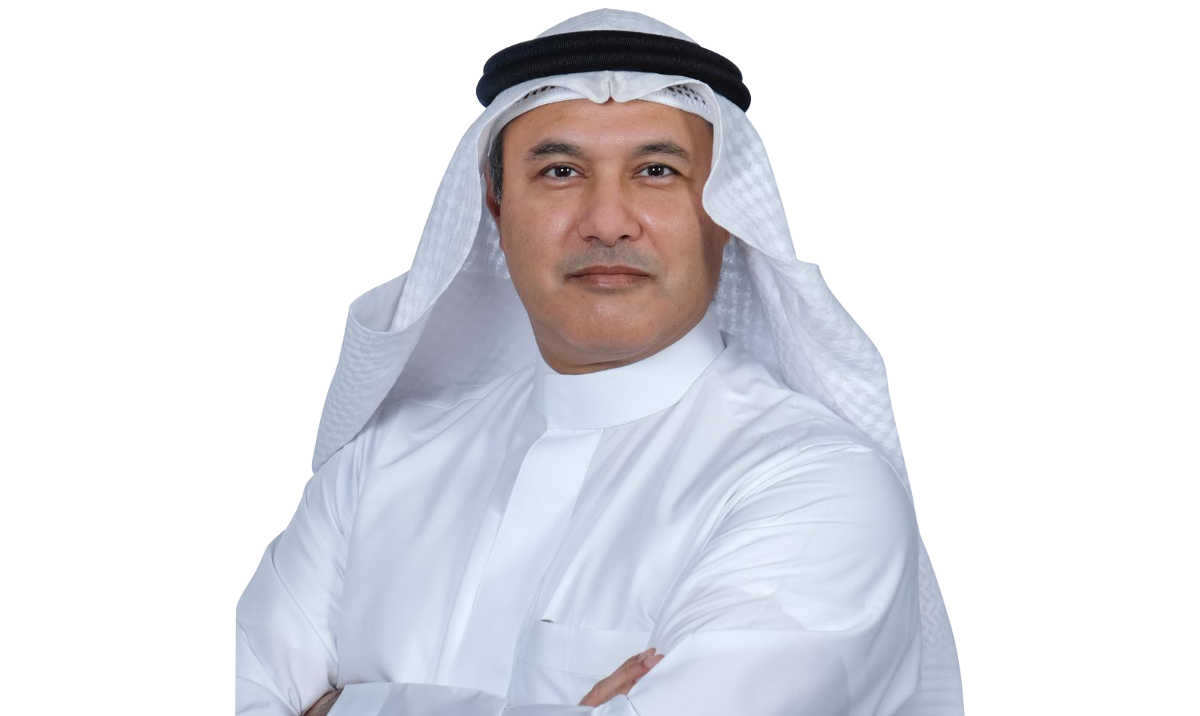
During the first half of 2023, Saudia showcased its crucial role in supporting tourism, business, Hajj, and Umrah sectors through strategic partnerships.
Ibrahim Koshy, CEO of Saudia
“Riyadh Air was launched to shape the future of air travel, drawing on authentic Saudi hospitality and the latest digital technologies to offer an exceptional guest experience,” Riyadh Air CEO Tony Douglas told Arab News. “Riyadh Air will shape the future of air travel and empower Saudi Arabia’s aviation ecosystem. The airline will serve as a catalyst for the National Transport and Logistics Strategy and help realize its aviation sector goals by optimizing the Kingdom’s strategic location and connecting the three continents of Asia, Africa, and Europe.”
Further expansion for Saudi’s aviation sector comes with the soon-to-be-opened solar-powered Red Sea International Airport, in Hanak, Tabuk. Part of Red Sea Global, the multi-project luxury and sustainable tourism project under development and wholly owned by the PIF, it will open in the fourth quarter of this year and begin with domestic flights and offer international flights in 2024.
“Saudi Arabia, through its Vision 2030, has opened the country to the world, welcoming international tourists, staging major sports events, including Formula 1, golf, boxing, tennis, and e-racing, as well as putting on major musical and entertainment events, Mdlbeast, for example, holding major business exhibitions (FII, Global Mining Forum, etc.), and staging unprecedented political meetings,” Amr Khashoggi, a Saudi economist and board chairman at Amkest Group, told Arab News.
Khashoggi also said he believed that a large number of people are coming to the Kingdom seeking medical treatment.
“Saudi Arabia has now become a global travel destination for many reasons,” he added.



